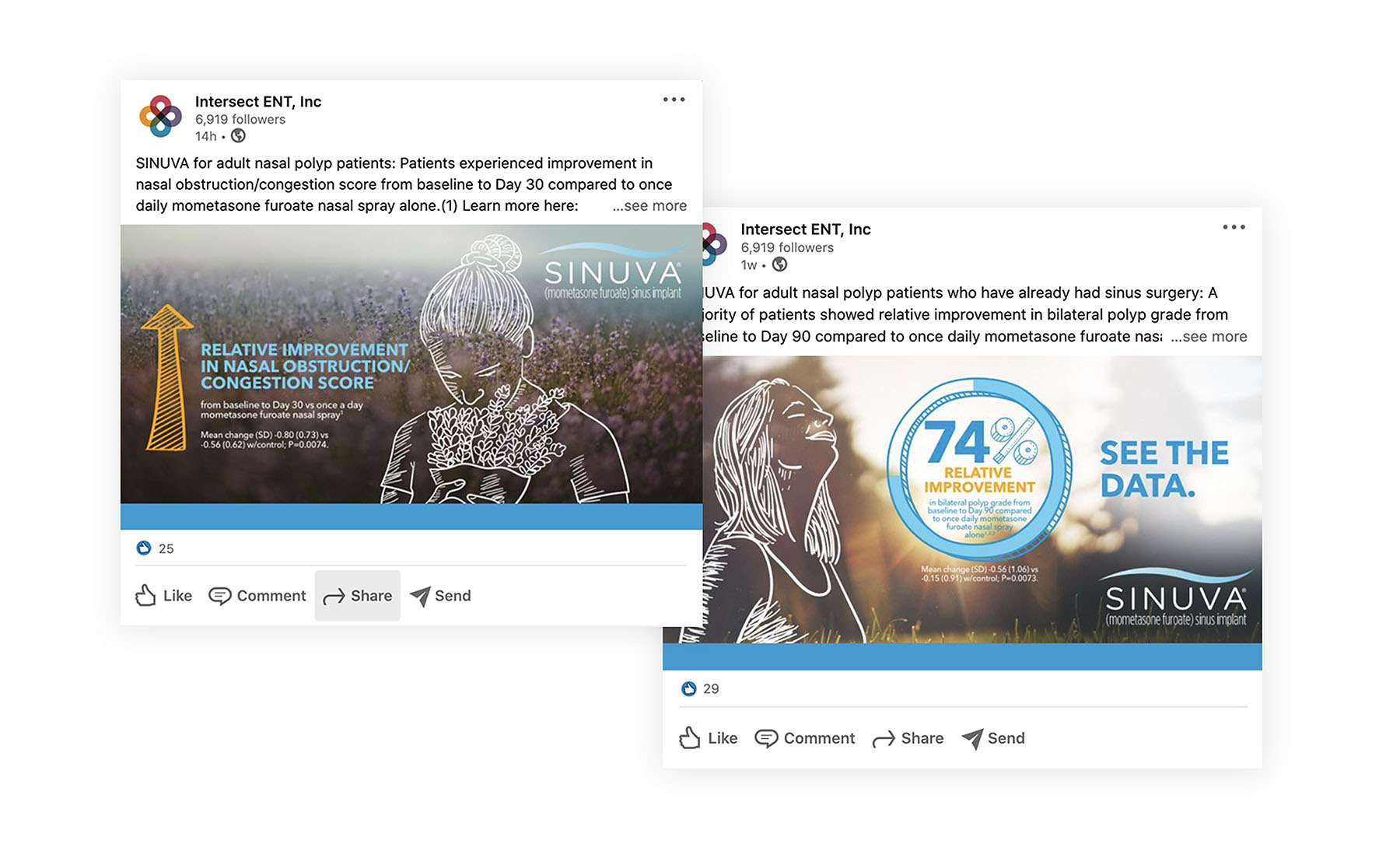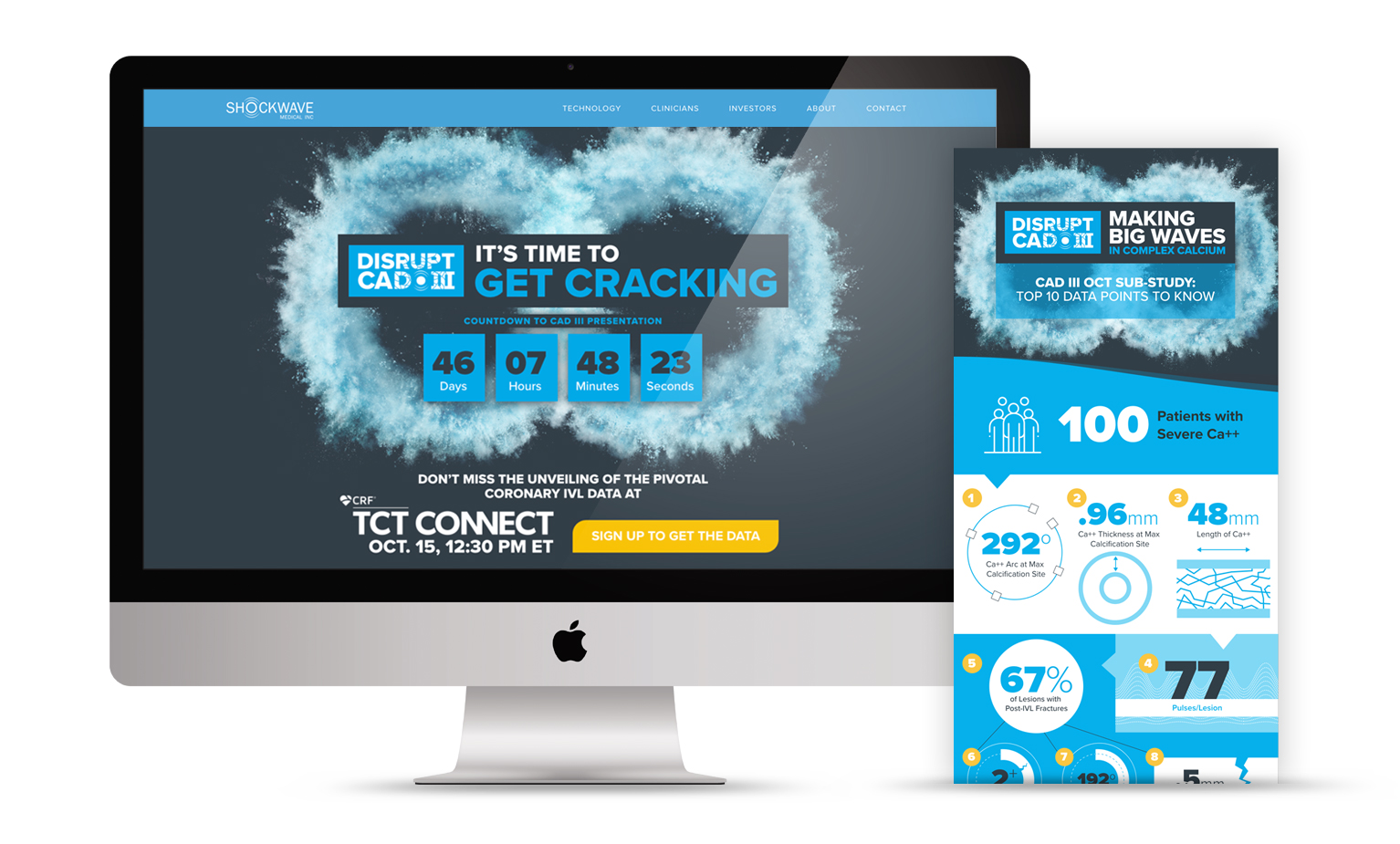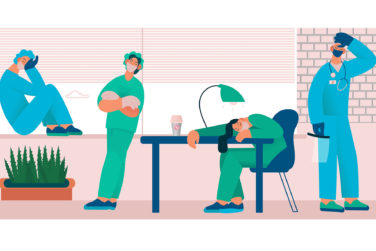Sales reps aren’t allowed to step foot in most physician offices these days. Conferences are, at best, going virtual. Physicians are pushing patients to have virtual appointments. With COVID-19 realities, typical pharma commercial launch strategies have been dramatically adjusted. The face-to-face aspect of pharma sales has been severely minimized, or in some cases, eliminated altogether, and brands and agencies are having to adapt quickly. However, there is good news for both brands and marketers: Healthcare marketing is booming while producing results, and positive trends are emerging as we are past the early days of scrambling to find solutions and strategies.
Given our current and future circumstances, what’s next from a healthcare marketing standpoint? Despite reps being grounded at home like the rest of us, based on our own data and client evidence, sales reps are gaining more focus from doctors via properly scheduled virtual meetings, for one. While the number of overall interactions is inevitably dropping, quality time is being gained over quantity of meetings, as physicians are more attentive over a virtual call, with fewer disruptions from an otherwise bustling office or clinic. With more uninterrupted time on their hands, HCPs are able to learn about new therapies and treatments as well.
If anything, the pandemic has forced pharma companies’ hands in accelerating innovation and moving assets, sales materials, and supporting tools to a digital model. The winners are HCPs and patients. In fact, HCPs have become so fond of this new form of communication that they want it to stay.
As indicated across numerous HCP sites for our clients, while web traffic initially dropped in the early stages of the pandemic it has not only increased sharply since, it’s risen above pre-COVID numbers. Brands that had an established digital strategy in place pre-COVID are thriving. Intersect ENT’s product, SINUVA, is one brand seeing the benefits in its marketing efforts for HCPs and patients (see figure).

Neil Pernick, Senior Director of Marketing at Intersect ENT had this to say about what he’s seen: “We’ve been able to continuously evolve SINUVA’s messaging with a tailored, focused approach that has continued to work well in the new COVID world. Having a solid social media footprint to help amplify our messaging efforts ahead of the pandemic allowed us to quickly develop and distribute updated content to a targeted audience in an efficient and effective manner. Q3 has been the best sales quarter SINUVA has ever had and having the ability to leverage and expand on our marketing content very quickly was a key driving force in the growth.”
So, what’s driving the increased traffic and engagement? Let’s examine.
1. The New Virtual Sales Aid (the “VSA”)
“Getting into an ENT office is close to impossible in today’s world,” Pernick says. It’s clearly evident that moving beyond the in-person digital sales aid is critical. In doing so, pharma marketers are creating a portfolio of customized tools to support brands in helping sales reps effectively engage with HCPs virtually. Optimal tools still capture the spirit of face-to-face interaction—quick, digestible, cross-screen experiences—while being tailored to support companies and reps as they go through the launch cycle from afar, from start to finish.
Four other important factors to consider for successful VSAs are:
Web-friendliness: While digital sales aid platforms already provide guidance and constraints in order to ensure optimal performance, moving to virtual web-based offerings has made web-friendliness even more important, given the reliance on Wi-Fi, virtual meeting platforms, and screen sharing. Understanding how a sales rep presents digital material from a user experience standpoint is critical, taking into account ease of navigation and flow. Also, remember the HCP now sees everything the sales rep is doing—every navigation click, menu toggle, and resource page is now HCP-facing and should be optimized for view and digestibility. With HCPs having proverbial control alongside the rep, other online material that is part of a website or a tool is now open game and should be factored into the equation.
Capturing the Essence of In-person Experiences: Physicians may have a bit more time, but that’s time that can be used for other purposes. Even during a virtual presentation, an HCP may be multi-tasking or searching Google mid-conversation. Keep the experience presentation-like and digestible.
Analytics and CRM Capture: One advantage of VSAs is reps don’t have to rely on sometimes off-line detail aids that may or may not capture basic interaction metrics. Instead, with a web-based solution, the full suite of web analytics can fire off immediately and track important and actionable metrics. CRM capture is a non-issue as well, given the rep already has the physician’s email and the virtual appointment, supported with a well-designed and developed detail aid, is only helping to build the contact’s CRM profile. The rep doesn’t have to spend another five minutes attempting to hastily enter contact information.
Capitalizing on Inbound Traffic Opportunities: Virtual sales aids mean more opportunities to drive traffic and engagement. No longer does a rep have to hold a tablet in front of a physician; instead, physicians can view a VSA either via a virtual call or at their leisure, accessible by email and/or direct web traffic.
For a successful remote launch, drug companies must embrace virtual selling tools, building on traditional closed loop marketing (CLM) platforms such as Veeva and also expanding to rely further on web-based marketing materials that aren’t constrained behind closed systems. An ideal strategy, in fact, should factor in both CLM tools and shareable web-based digital assets, combined with robust and secure CRM and marketing automation solutions.
2. The Importance of Virtual Conference Support
Hold off on that conference eulogy; conferences are still important and a valid source for education, leads, and prospecting, and the tools needed to support conferences are drastically changing. Having the best booth that drew visitors from across the hall is a thing of the past, at least for the foreseeable future. Getting a physician to stand there and play with an interactive game on the big screen isn’t happening anytime soon. Instead, doctors are now attending the show virtually from the comfort of their homes or offices, and have even more limited time and attention.
On the flip side, the need to get someone’s attention in real time is not as critical. Being on a virtual podium will still drive engagement, but capturing attention afterward is where the high stakes are. The passive booth visit, impromptu discussions, and happy hours are gone. Replacing these in-person moments is the post-podium digital footprint and experience, which is taking center stage and having the utmost importance. How do you continue the education and awareness of the podium presentation? Non-personal promotion is now a key part of conferences.
“If a sales rep didn’t have a relationship before COVID, communicating with an HCP post-COVID isn’t happening,” Pernick states. “Sales reps can’t introduce themselves at conferences or just walk into an office anymore, so they have to turn to non-personal promotions to start a conversation.”
A few strategies to consider are:
Conference Microsite: If you are on a podium, then having a supporting microsite to drive attendees in advance will help continue the conversation and bring your topic to life with a tailored content story. Including sign-up and request a rep calls to action will make it easy for hand-raisers to get in contact (see figure).

Email Marketing: Vendors can already email conference attendees before and after events, but now personalized email communication may be the only way to reach someone who attended a conference.
Search and Programmatic Ads: Pre-pandemic, we’d be talking about geo-targeted ads; now, it’s anyone who can attend across the globe. Using remarketing lists and tight audience research, specific conference prospects can be reached and engaged, both from an awareness and a conversion standpoint before and after a conference.
3. Adapting to Immediate Patient Online Research
With the continued push for more virtual appointments, face-to-face patient interaction with doctors and nurses is being continually reduced and replaced by telehealth appointments and electronic communication. With patients in front of their computers, virtual appointments open up and enhance the otherwise more-controlled patient journey via the immediacy of medical research online. Every condition and treatment discussed by a doctor can be immediately searched by a patient, as they can now dive deep into content while they are on their virtual calls.
Better yet, HCPs now have the option to direct patients to visit URLs in real time by simply asking a patient to type something into their browser or by sharing a link in a chat window. This provides opportunities for marketers, but also forces healthcare companies to rethink their digital footprints. The patient digital journey has to change and evolve. Carefully curated content, with an emphasis on targeted search engine optimization (SEO), while supported by search engine marketing (SEM) and social is setting and will continue to set brands apart.
While remote will never completely replace in-person, companies must set themselves up now for long-term success if they haven’t done so already. When we can finally go back to some sense of normalcy and face-to-face interactions, successful launch strategies will and should evolve to using in-person meetings as an enhancement and luxury, instead of as a central means for success. Creating a foundational, digital ecosystem that supports and enables HCPs and patients now is the key. Doubling down on educational, timely, and targeted online material is more critical than ever. Of course, nothing can replace the human connection, but it’s clear virtual is working, and it’s safe to assume HCPs and patients would prefer a mix of virtual and in-person meetings even after the pandemic has passed.











